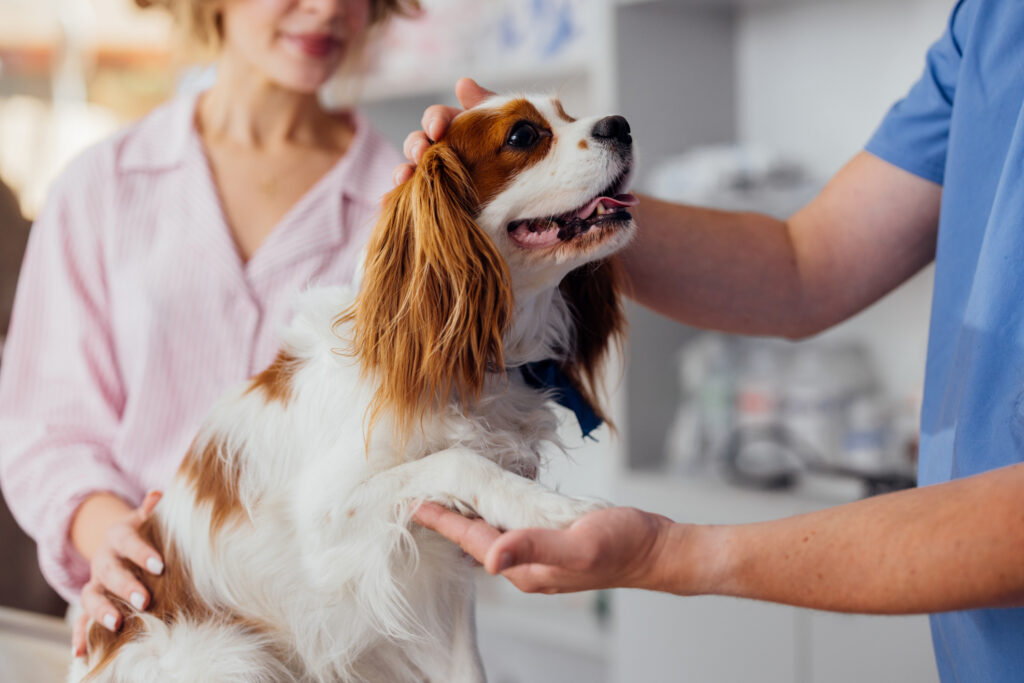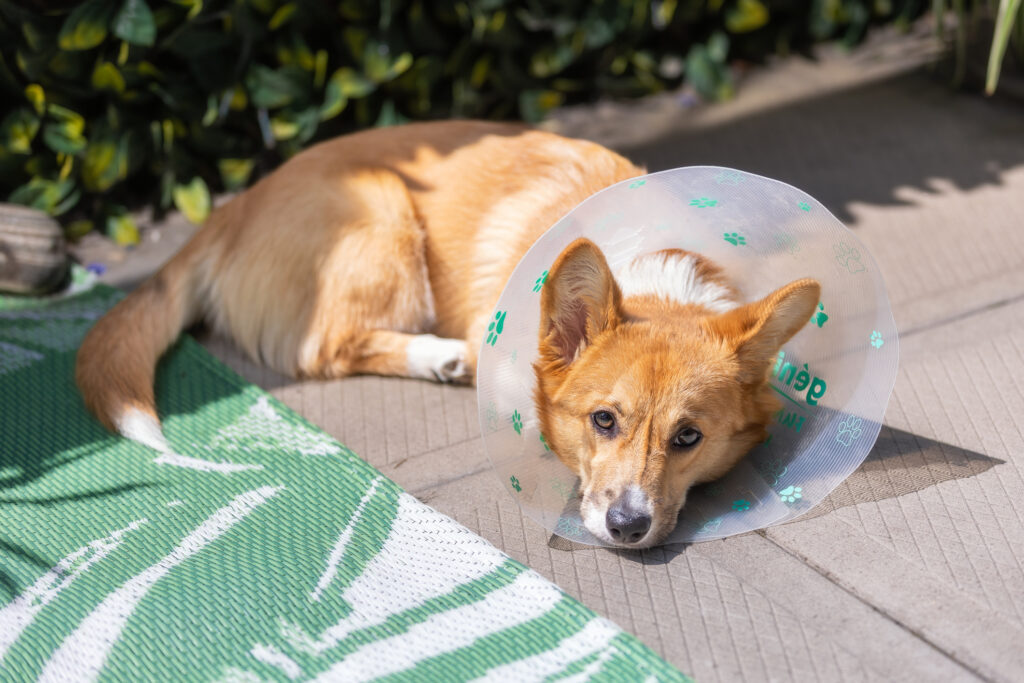When you spay your dog it is a responsible step toward preventing unwanted litters and supporting long-term health and behavior. Whether you’ve recently adopted a puppy or you’re considering the procedure for an adult dog, understanding what to expect before, during, and after surgery can make the experience easier for both you and your pet.
In this guide, we’ll cover everything you need to know about spaying your dog—from the benefits to recovery tips—to help you make informed decisions and support your dog’s health.
What Does It Mean to Spay Your Dog?
Spaying is the surgical removal of a female dog’s reproductive organs (ovaries and usually the uterus). The procedure, also called an ovariohysterectomy, is performed under general anesthesia and is considered routine in veterinary care.
Spaying your dog prevents her from going into heat, eliminates the risk of pregnancy, and can reduce the chance of certain health issues and unwanted behaviors.
Why Spay Your Dog? Key Benefits

Spaying isn’t just about preventing puppies—it can also contribute to a longer, healthier life for your dog.
1. Prevents Unwanted Litters
Accidental litters are a common problem. Spaying helps reduce overpopulation and the number of dogs in shelters.
2. Reduces Health Risks
Spayed dogs are less likely to develop mammary tumors, uterine infections (like pyometra), and ovarian cancer.
3. Calmer Behavior
Spaying eliminates heat cycles, which can cause behavioral changes such as restlessness, increased urination, and attraction of male dogs.
4. No Heat Cycles
Dogs in heat can be messy and may try to escape to find a mate. Spaying stops these cycles entirely.
5. Long-Term Cost Savings
Preventing health issues early often reduces medical expenses in the long run.
When Should You Spay Your Dog?
The ideal age can depend on your dog’s breed, size, and overall health. Generally:
-
Small to medium breeds: Spaying is recommended around 6 months of age.
-
Large and giant breeds: Some vets recommend waiting until 12–18 months to support joint and bone development.
Always consult your veterinarian to determine the best timing for your dog.
Preparing for the Spay Procedure

Here are a few things to keep in mind leading up to surgery:
-
Fasting: Your dog will typically need to fast for 8–12 hours before the procedure.
-
Pre-surgical exam: Your vet may recommend bloodwork to ensure your dog is healthy enough for anesthesia.
-
Comfortable drop-off: Bring your dog’s favorite blanket or toy to ease nerves on surgery day.
What to Expect During and After Surgery
During Surgery:
The spay procedure usually takes 30–60 minutes. Your dog will be under anesthesia the entire time and monitored closely by veterinary staff.
Post-Surgery Recovery:
Recovery typically takes about 10–14 days. Here’s what to expect and how to help:
-
Drowsiness the first night due to anesthesia
-
Appetite may decrease slightly for the first 24 hours
-
Mild swelling near the incision site is normal
Spay Recovery Tips for Dogs

-
Keep Activity Low
Limit running, jumping, or playing for at least 10 days to prevent incision tearing. -
Protect the Incision Site
Use an e-collar (cone) to stop licking and chewing. Check the incision daily for signs of infection. -
Follow Pain Management Instructions
Your vet may prescribe pain relief. Do not give over-the-counter medications unless directed. -
Monitor Behavior
Contact your vet if you notice vomiting, heavy bleeding, or if your dog seems unusually lethargic. -
Comfort is Key
Set up a quiet recovery space with a cozy bed, fresh water, and limited distractions.
Long-Term Care After Spaying
Once your dog is fully recovered, she may enjoy some lasting benefits:
-
Reduced risk of reproductive health issues
-
More consistent behavior
-
No heat cycles or related mess
-
Easier weight management with a proper diet and regular exercise
Recommended Post-Spay Products from Hollywood Feed
Help your dog recover comfortably with vet-trusted items available at Hollywood Feed:
-
Soft recovery cones for post-surgical protection
-
Joint support supplements for larger breeds post-maturity
-
High-quality dog food to support healing and long-term health
-
Orthopedic dog beds for comfort during recovery
Recap: Key Takeaways For When You Spay Your Dog
-
What is spaying? Surgical removal of female reproductive organs
-
Why spay? Prevents pregnancy, reduces health risks, calms behavior
-
When to spay? Usually between 6–18 months, depending on breed
-
What to expect? Surgery under anesthesia with 10–14 days of recovery
-
How to care? Limit activity, monitor incision, use e-collar if needed
Frequently Asked Questions About Spaying a Dog
Q: Will spaying change my dog’s personality?
A: Your dog’s core personality won’t change, but some hormone-driven behaviors may decrease.
Q: Is it safe to spay an older dog?
A: While spaying is safest when dogs are young, it can still be done safely in older dogs with a vet’s guidance.
Q: Can my dog still get diseases after being spayed?
A: Spaying greatly reduces the risk of certain diseases but doesn’t eliminate all health risks. Regular checkups are still essential.
Q: How long will my dog be in pain?
A: Most dogs experience mild discomfort for a few days. Vets provide medication to manage any pain.
Q: Will my dog gain weight after being spayed?
A: Spaying may reduce metabolism slightly. Regular exercise and a healthy diet help prevent weight gain.
Thinking about scheduling a spay procedure for your dog? Consult your veterinarian & visit your local Hollywood Feed for the best care and recovery essentials.
Want to learn more about caring for your dog at every life stage? Explore the Hollywood Feed Blog for expert pet tips and advice.








